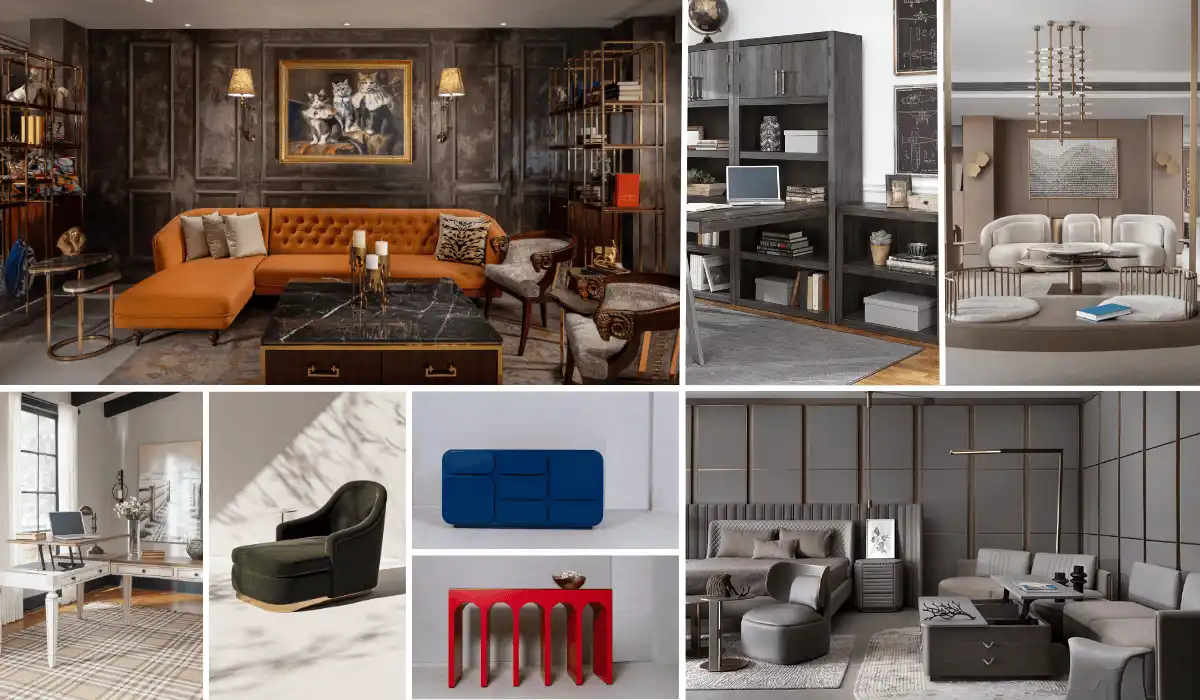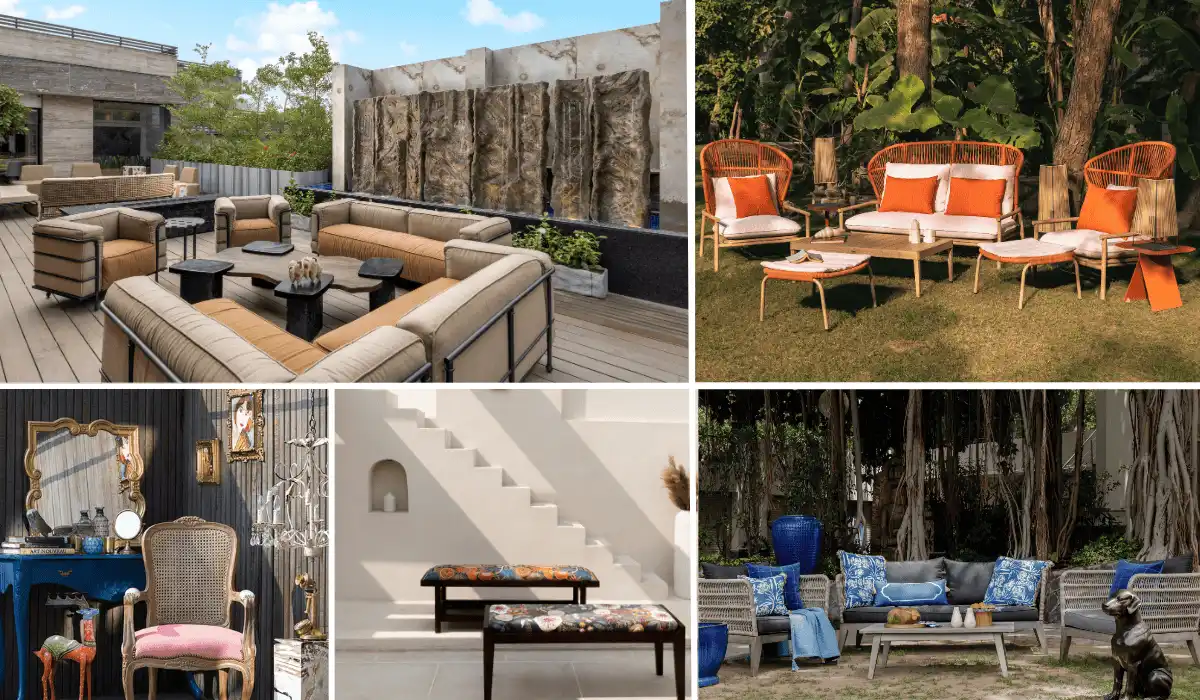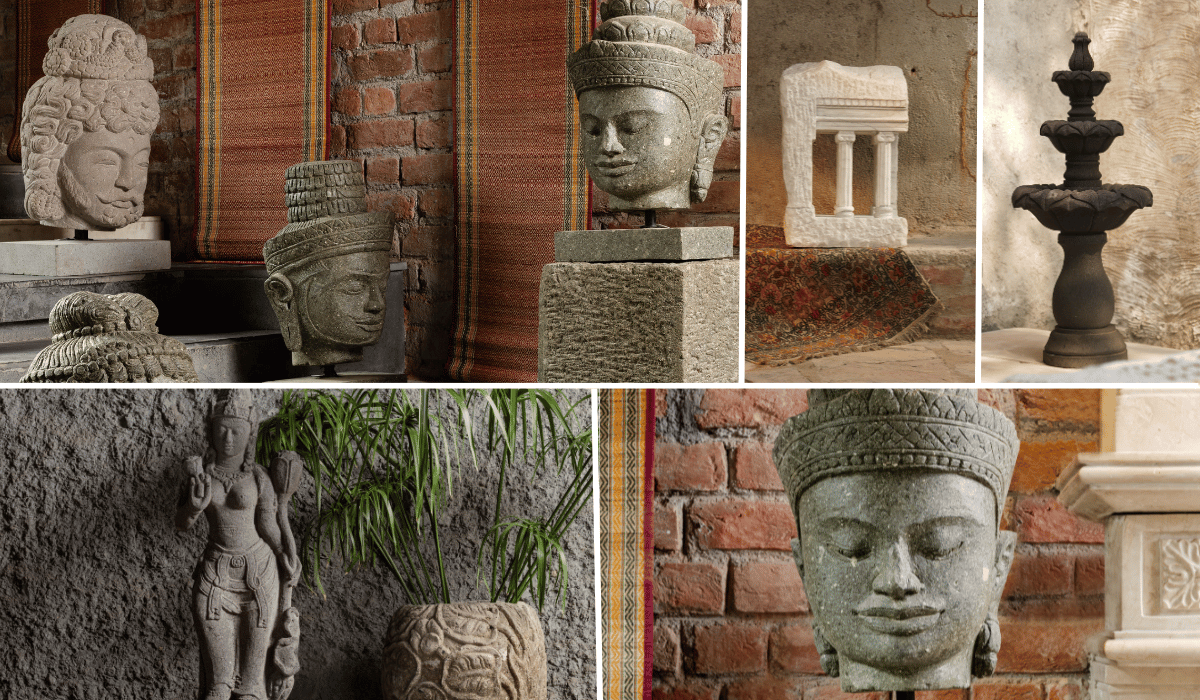Interior design is an art form that has evolved and adapted throughout the ages, reflecting cultural, social, and technological changes. The pursuit of optimising spatial utilisation, coupled with a focus on user comfort and utilitarian design, remains a driving force propelling the evolution and enriching the potential of contemporary expressions within the field of interior design. From the opulent palaces of ancient civilisations to the sleek minimalism of the modern era, the history of interior design tells a captivating story of human creativity and expression. In this article, Ridhima Singh, Creative Director and Founder of Danza del Design, shares her thoughts about the evolution and overview of interior design history with distinctive characteristics.
Ancient Splendour: Mesopotamia to Egypt

The earliest evidence of interior design traces back to the ancient civilisations of Mesopotamia and Egypt. These cultural types showcased their interior setups adorned with intricate carvings and precious materials. For instance, Mesopotamians used ornate clay tiles while Egyptians were characterised by rich textiles, furniture, and wall paintings that depicted deities.


Classical Harmony: Greece and Rome
The Classical era brought a sense of harmony and proportion to interior design as it was consistent in emphasising luxury and aesthetics. Ancient Greeks used columns, friezes and pediments that contributed to the interiors. Further, they used precious metals, ivory and intricate designs to create elegant furniture pieces. In contrast, the Romans adopted the opulence of their empire, featuring mosaic floors, and frescoes, which demonstrated wealth and status. They used wood, stones, and metals with fashionable cushions to curate furniture.


Revival of Antiquity: Renaissance Style
The Renaissance marked a pivotal shift in interior design as it saw a renewed focus on art and creativity in design. Interior design became more spacious, focusing on symmetry, perspective, and proportion. Architects started including marble floors, ornate inlaid woodwork, elaborate tapestries, ceiling frescoes, paintings and furniture made with the finest materials.


Drama and Ornamentation: Baroque Style
Followed by the Renaissance style, the Baroques embraced opulence and drama in design. It was characterised by curvaceous forms, intricate detailing, and dynamic compositions that created a sense of drama and splendour in design. The remarkable use of coloured marble and stone, stained glass, ornately painted ceilings, and spiralling columns reflected ornamentation that signified the Baroque style.

Neoclassical Style
With the shift in design styles, the Neoclassical style was refined with enlightenment and simplicity. Neoclassical interiors drew inspiration from the classical era, emphasising clean lines, symmetry, and a balanced use of space. The focus on functionality led to furniture designs that were elegant yet practical, often adorned with restrained ornamentation.


Nature’s Inspiration: Art Nouveau
Art Nouveau was a response to the industrial revolution that lasted only for three decades. It was inspired by natural forms and curvilinear shapes that featured organic motifs, stained glass, and decorative ironworks. Further, the use of chrome, stainless steel, and streamlined shapes became a culture and a reflection of art in everyday life that served as a canvas for artistic expression.


Modernism and Contemporary Eclecticism
This movement emphasised the concept of form following function while focusing on minimalism and removing excessive ornamentation. Interiors embraced open floor plans, clean lines, and built a seamless integration of architecture with furniture. Many designers focused on reflecting individual tastes and cultural influences which resulted in a unique fusion of personalised interiors.


In conclusion, the history of interior design is a mesmerising journey through time, showcasing the evolution of aesthetics and lifestyles. From the grandeur of ancient elegance to the simplicity of modern chic, interior design has continuously adapted to the changing world. Each era left a distinctive mark influencing the way we perceive and shape our spaces. As we look to the future, the dynamic nature of interior design promises to keep evolving, reflecting the ever-changing tapestry of human culture and creativity.

Biltrax Construction Data is tracking 28,000+ projects on their technology platform for their clients.
Get exclusive access to upcoming projects in India with actionable insights and gain a competitive advantage for your products in the Indian Construction Market.
Visit www.biltrax.com or email us at contact@biltrax.com to become a subscriber and generate leads.
Disclaimer: The information contained herein has been compiled or arrived at, based upon information obtained in good faith from sources believed to be reliable. All such information and opinions can be subject to change. The image featured in this article is for representation purposes only and does not in any way represent the project. If you wish the article to be removed or edited, please email editor@biltrax.com.
Discover more from Biltrax Media, A Biltrax Group venture
Subscribe to get the latest posts sent to your email.






















